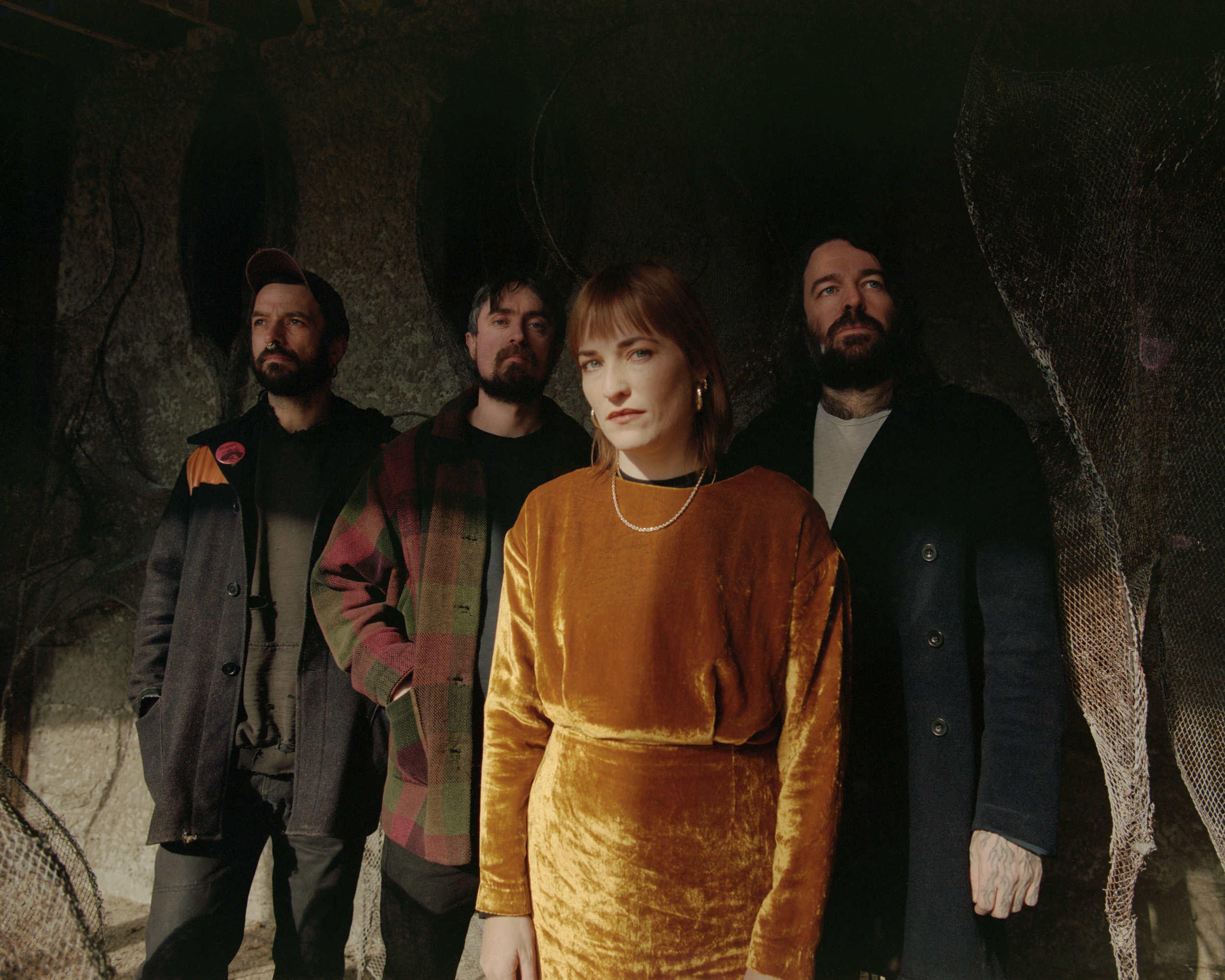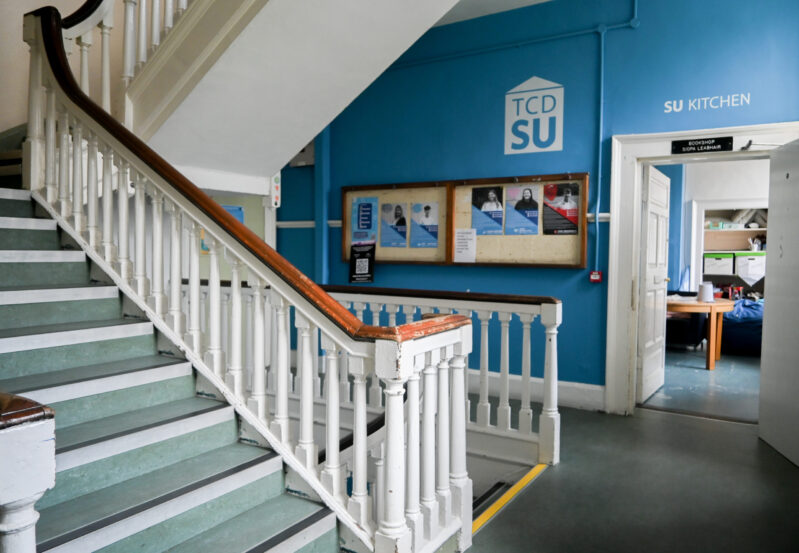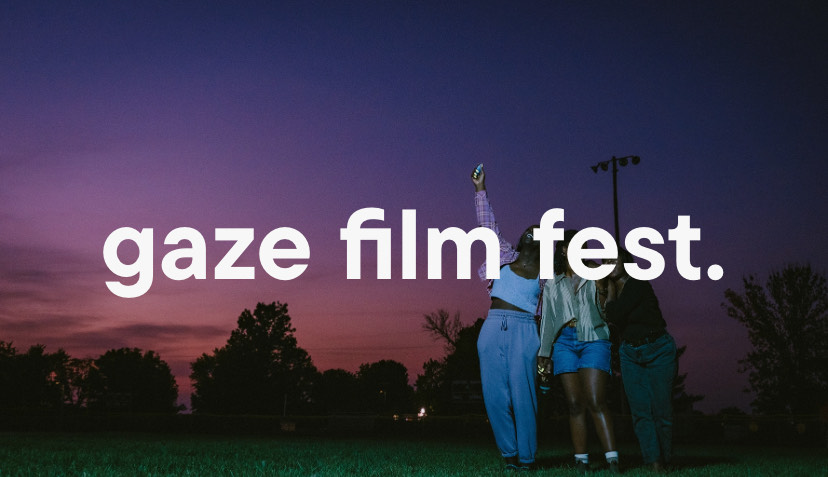In early 2023, The Economist and The New York Times noted the revival of folk music throughout Ireland, naming acts like Lankum, Ye Vagabonds, and The Mary Wallopers as propelling the movement forward. Ireland is undeniably having its moment on the world stage, with numerous Oscar nominations, a host of charming young actors doing the press rounds, Ayo Edibiri’s recent claiming of Irish heritage and the long-lasting adoration that Derry Girls has garnered. But most importantly, Irish music is experiencing its own moment in the limelight, as it moves toward a folk-oriented sound championed by many Dublin-based artists.
Historically, the early Irish folk revival of the 20th century traces its beginnings to two things — a political motivation, alongside an artistic compulsion — a drive to carve out something uniquely Irish. Economically, folk music was not supported by patrons but by a collective, allowing amateurs to perform for personal and social entertainment. In the case of Ireland this was the ‘session’, where musicians would gather in homes or public houses to play. Of course today, folk music has made its transition into ‘popular music’ as a result of mass media and technology. Artists like The Dubliners and The Pogues saw massive commercial success, bringing Irish folk into the profitable music industry.
The revival of folk music in the 21st century points to an economic and political reaction — in times of strife society often turns inward. With Dublin named the ninth most expensive city in Europe it’s no wonder that we find ourselves focusing on the past rather than the future. Folk songs offer messages of hope and simplicity. As Fintan Valleley, a scholar of Irish music, puts it: “Folk and traditional music in all of the Western world represent for many of their adherents a safe past place in the ugly world.” Of course, this nostalgia for the past is often mythical in its assumption of a perfect past — a form of escapism rather than a true reflection of an era.
Within this 21st century folk revival, Irish artists have turned the genre on its head. The Gloaming, formed in 2011 and composed of Irish and American artists, possesses a melange of cultures and ages, resulting in a sound far beyond folks comfortable boundaries. Similarly, the four-piece Dublin band Lankum have been making headlines due to their recent 2023 Mercury music prize nomination and their album False Lankum being named by The Guardian as the best album of 2023. With Radie Peat’s haunting voice and a distinct apocalyptic sound, the band has been categorised as “doom-folk”. Their sound is meditative, bleak and powerful – a bridge between ancient Ireland and its modern counterpart.
The folk revival proves strong even into the next generation, exemplified by Muireann Bradley. A talented guitar player who seems to possess an age-old soul in the body of a 17 year old, Bradley covers American folk and blues songs from the early 20th century and makes complex guitar riffs look easy. Her success is proven by her recent appearance on the Jools Holland Annual Hootenanny, which since uploaded to the BBC Music’s YouTube channel has garnered almost 490,000 views. Recently, Bradley performed in Smithfield’s hallowed venue The Cobblestone, coined as “the mother ship of Dublin session pubs”. Her newly released album, I Kept These Old Blues, covers 12 bluesy folk songs. The 17-year old’s style is a far cry from pop music today, signifying the resilience of folk music into the 21st century.
The Mary Wallopers, a rowdy folk band hailing from Dundalk advocate the removal of barriers from folk music, bringing the genre back to the masses, with songs ranging from drunken mischief to politics to sex. In interviews, the band display a strong Irish identity, with disdain toward the adoption of American or English accents in songs by Irish artists.
There is a distinct Irish hang-up about the quality of ‘authenticity’ in music and culture — that these things should not exist just to be looked at or presented to tourists. Hozier’s use of the Irish language in his recent song ‘De Selby (Part 1)’ has proven so effective that an English friend of mine once recited a whole passage in Gaeilge to me, which he had learned from the song — although he had no idea what the words meant. The whole ordeal filled me with a strange sense of both pride and cringe.
This cultural cringe — an internalised inferiority complex which causes the people of a country to dismiss their own culture as inferior or cringe-inducing — is rampant in Ireland. Here in Dublin, we instinctively grimace at the hordes of tourists who flock to Temple Bar for an overpriced pint and a trad session. As author Roddy Doyle puts it: “The problem with being Irish… is having Riverdance on your back. It’s a burden at times.” This cringe factor seems to have shifted in its derivation from a negative self-identity toward a disdain for the inauthentic and fetishised tourist-oriented facets of Irish culture. But perhaps the revival of folk signifies a moving away from this, forging a new Irish identity without pandering to a global audience.
The essence of authenticity in Irish folk today is a constant dynamic between an essential Irishness and the need for originality and change. Folk music in its revival need not be a direct recreation of the past, and the folk artists of modern Ireland display this in their fresh take on the genre.







